I Watched Breaking Bad And Better Call Saul In Chronological Order, And These Are My 7 Big Takeaways
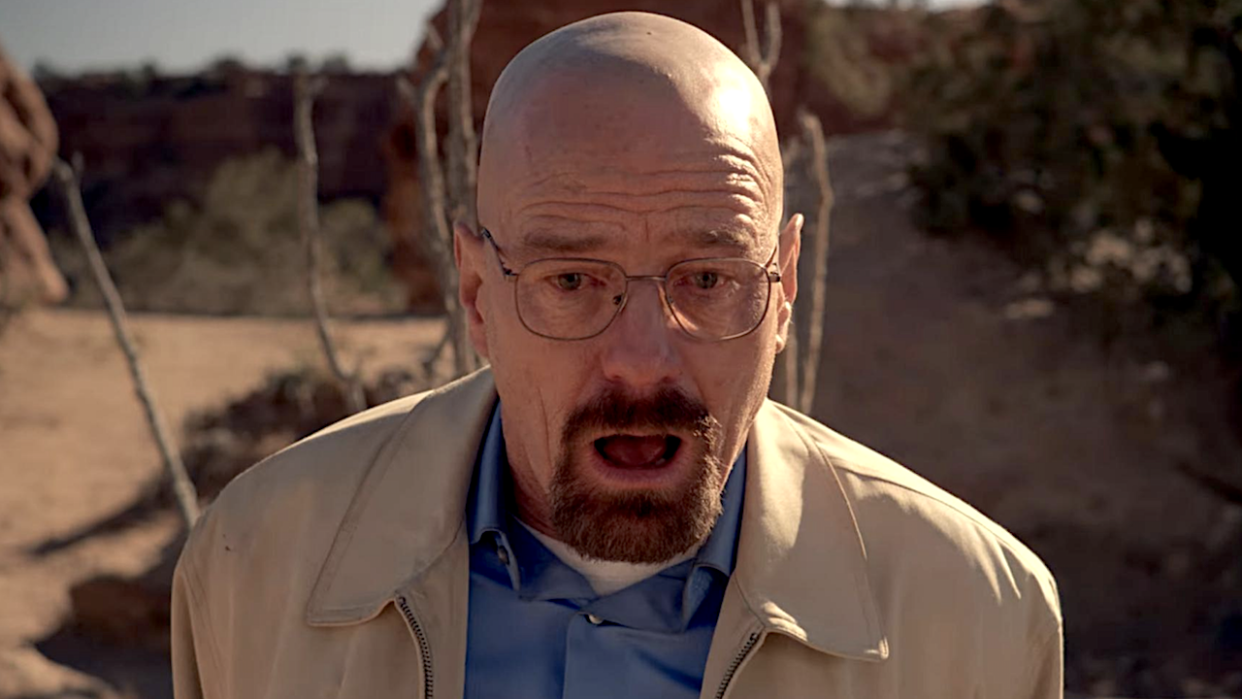
- Oops!Something went wrong.Please try again later.
- Oops!Something went wrong.Please try again later.
Over the course of 14 years, audiences witnessed the unfolding of one of the greatest crime sagas in the history of television. Breaking Bad, Better Call Saul and the streaming movie El Camino: A Breaking Bad Movie are together a stunning achievement chronicling the rise and fall of drug empire based out of Albuquerque, New Mexico, with all three parts of the franchise delivering tremendous writing and brilliant performances from all of the stars. As a whole, it’s a remarkable viewing experience – and what only makes it more special is the fact that there are multiple ways to watch.
Fans who watched the shows and the movie as they premiered have already experienced the canon in release order, but now audiences can also watch the continuity unfold in chronological order, which involves watching most of Better Call Saul first, switching to Breaking Bad, and then checking out El Camino before returning to Better Call Saul’s final four episodes. I recently did my own rewatch of the franchise in this latter fashion, and there are seven takeaways I have from the experience.
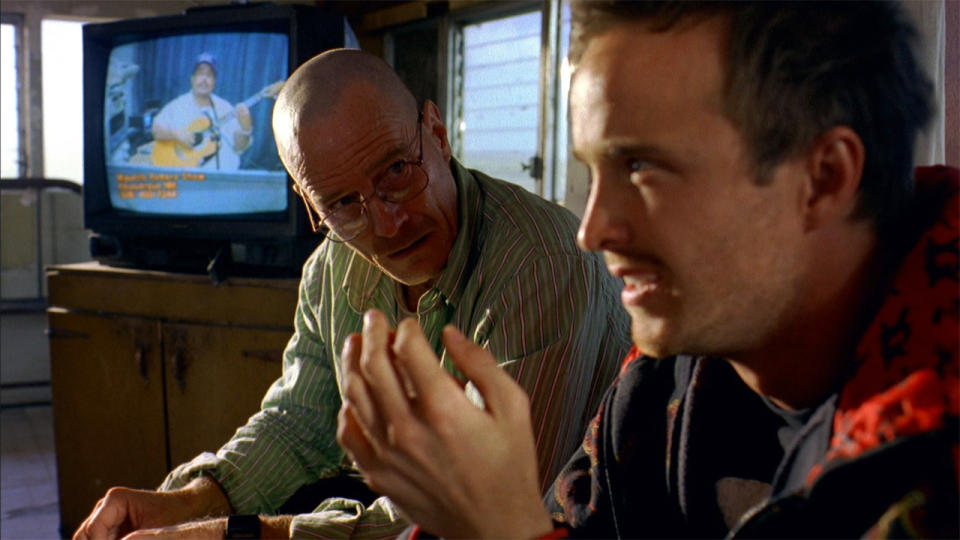
Better Call Saul Enhances Tuco’s Scariness In Breaking Bad
When watching the second season of Breaking Bad independently, there is a part of my brain that doesn’t give full credit to the stakes of the situation when Walt and Jesse are kidnapped by Tuco Salamanca and brought out to his Uncle Hector’s remote house. In the show, Walt and Jesse are panicked because they think that the psychopathic criminal has murdered Gonzo after accidentally killing No-Doze, and they fear he is cleaning house – but the tension is somewhat undercut when we learn that Gonzo is dead because of a simple, stupid accident. Tuco is clearly unhinged, but circumstances aren’t as tense on rewatch because we know that things aren’t quite as they seem.
This feeling is eliminated when you watch Better Call Saul first in a chronological watch. The original series does a good job demonstrating that Tuco is a dangerous individual (for example, when he robs and assaults Jesse in their first meeting), but the prequel show adds the touch more that the character needs. His “negotiations” with Jimmy and his conflict with both Mike and Nacho effectively further illustrate the terror that the man represents, and it’s enough to bolster the fear in Breaking Bad Season 2 that the misunderstanding at the heart of everything doesn’t actually matter.
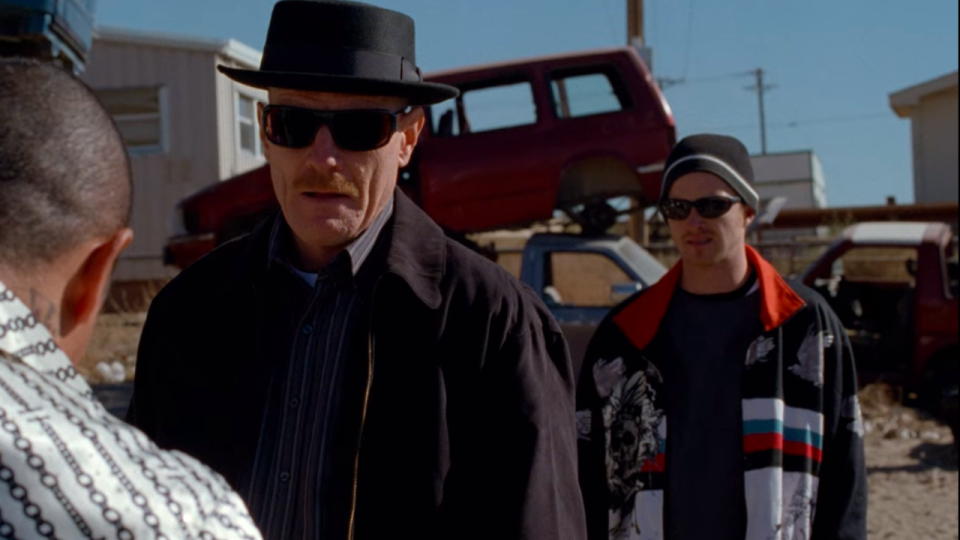
I Wish There Was A Shared History Moment With Walt, Jessie, And Saul Regarding Tuco
As a prequel show, Better Call Saul does a magnificent job managing to both tell its own story and casually tie things back to the events that play out in Breaking Bad. The reveal of Tuco in the very first episode is very much part of the latter, and, as noted above, the character’s presence on the show ends up benefiting his “later” role in the continuity. That being said, one thing I wish we could have seen is a moment where Walt, Jessie and Saul all realize that they have history with the meth-addicted member of the Salamanca clan and bond over the terror that he temporarily brought to their lives.
This, ultimately, is the result of the issue that comes with making prequels. Had Vince Gilligan and Peter Gould known that they were going to eventually make Better Call Saul while working on Breaking Bad, one could imagine them writing a scene like the one above, but that wasn’t how things played out. As such, the audience knows that both Jimmy and Walt and Jesse have their own histories with Tuco, but the characters seemingly never learn about that special, horrible link that exists between them.
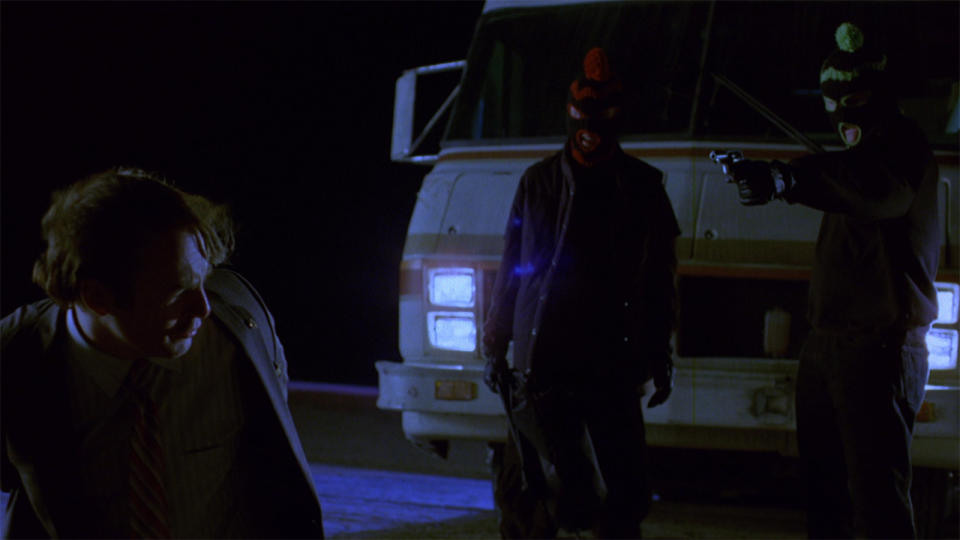
The Scene With Jesse And Walt Taking Saul Out To The Desert Doesn’t 100% Work
To the credit of the writers, a real effort is made in Better Call Saul to have the show fully match up with the events of Breaking Bad, and that very much includes Saul’s pleas to Walt and Jesse when they bring him out to a hole in the desert in the character’s very first episode. “It wasn't me it was Ignacio! He’s the one!” Saul declares – thinking that the masked men have been sent by “Lalo.” Of course, we eventually learn in Better Call Saul that “Ignacio” is Ignacio “Nacho” Varga, and “Lalo” is Lalo Salamanca… but still, Saul’s scared ramblings don’t totally make sense when one watches the hit AMC shows in chronological order.
The disconnect here regards Saul’s knowledge about Lalo’s fate. While it’s true that Mike doesn’t explicitly tell Saul and Kim that Lalo is dead in the episode “Point And Shoot,” he does firmly explain that he is “not coming back,” and Saul and Kim are certainly smart enough people to know what that means. I suppose that one could make the argument that Saul doesn’t totally believe Mike, as he was told that Lalo was dead prior to the man breaking into his house and killing Howard Hamlin, but the audience having to make that assumption is evidence of the Breaking Bad scene in the desert not 100% working.

Mike Gets Revenge On The Cousins For Threatening His Granddaughter
Mike Ehrmantraut lives by firm codes of conduct during his life out in New Mexico, and more often than not he follows rules and orders – but there are certain things that set him off. The big one, of course, is any perceived threat against his granddaughter, Kaylee Ehrmantraut, which we get to see in action in Better Call Saul when Mike discovers that Marco and Leonel Salamanca a.k.a. The Cousins are watching him following his incident with Tuco. The former cop’s anger at the twins notably doesn’t get resolved over the course of the prequel series, but when one watches Better Call Saul and Breaking Bad in chronological order, one realizes that Mike gets satisfaction.
Fans will remember that Marco Salamanca is killed when Hank Schrader shoots him in the head in Breaking Bad Season 3’s “One Minute,” but it’s in the subsequent episode, “I See You,” that we witness Mike get his revenge against Leonel – sneaking into the man’s hospital room and delivering some kind of fatal injection. That execution technically is a result of orders from Gus, who doesn’t want Leonel to survive and tell Juan Bolsa that he gave permission to try and kill Hank, but there’s some extra satisfaction that comes in the scene when you recognize that the murder settles a vendetta for Mike.
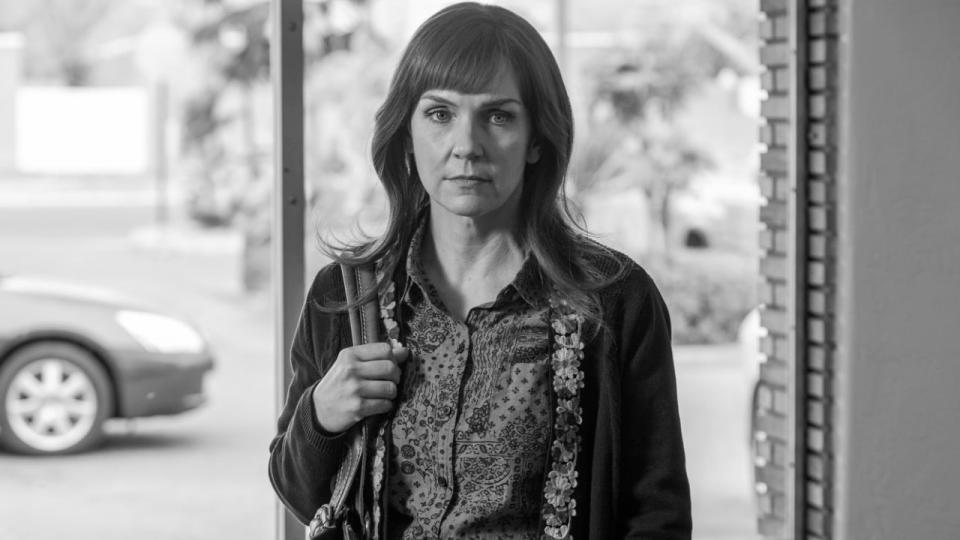
I Don’t Actually Need A Kim Wexler Show
While watching Season 6 of Better Call Saul play out week-to-week when it was airing, I, like many other fans, got excited about the potential to see even more from the universe – specifically with yet another spinoff that would feature Kim Wexler as its main protagonist. It worked for Saul Goodman, so why not Kim. I imagined a series that would examine her life after her relationship with Jimmy/Saul and dig more into her mysterious past… but after watching Better Call Saul and Breaking Bad in chronological order, it occurs to me that’s not a story that needs to happen.
While it’s true that there are still a lot of things about Kim that we don’t know, and she is more than fascinating enough to be a compelling lead protagonist, the reality is that Better Call Saul offers audiences all of the closure we need, and fans should be satisfied. By the end of the show, she has seen Jimmy/Saul get the punishment he deserved, cleared her conscience regarding the fate of Howard Hamlin, and gotten back into an area of the law where she can do some real good for people. It’s an earned peaceful conclusion for the character, and as good as a follow-up show might be, the satisfaction that it delivers would be upset by it.
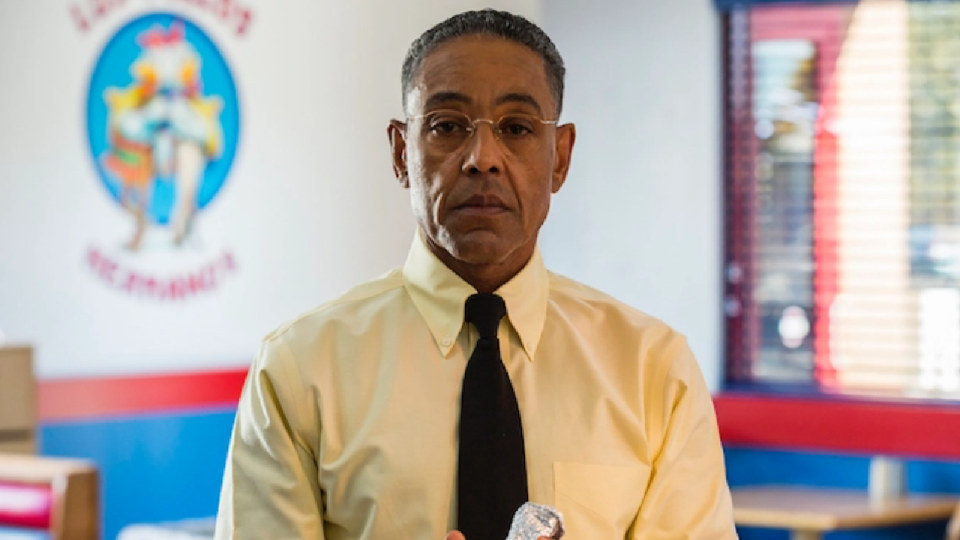
I Still Wouldn’t Say No To A Gus Fring Origins Series
Watching Better Call Saul and Breaking Bad chronologically may have satiated my desire for the continued story of Kim Wexler, but it has inflamed by hunger to see more of Gus Fring. There is no doubt that we get to learn a lot about the efficient, genius businessman over the course of the two shows, but there is still a great deal about him that remains a mystery, and I selfishly want that story to be told.
It’s true that Gus’ mysterious past adds to the character’s aura, but I would make the argument that his personality, intelligence and morals are so independently fascinating in Better Call Saul and Breaking Bad that they don’t necessarily need to be propped up by mystique. If done well, a series that reveals more about his hidden, notorious past in Chile and his relationship with Max Arciniega could serve to enhance everything that is compelling about the character and make us look at him in a completely new light. Obviously one problem that arises with this idea is that Giancarlo Esposito couldn’t be the show’s star, but he could at least be a part of it in flash-forward scenes.
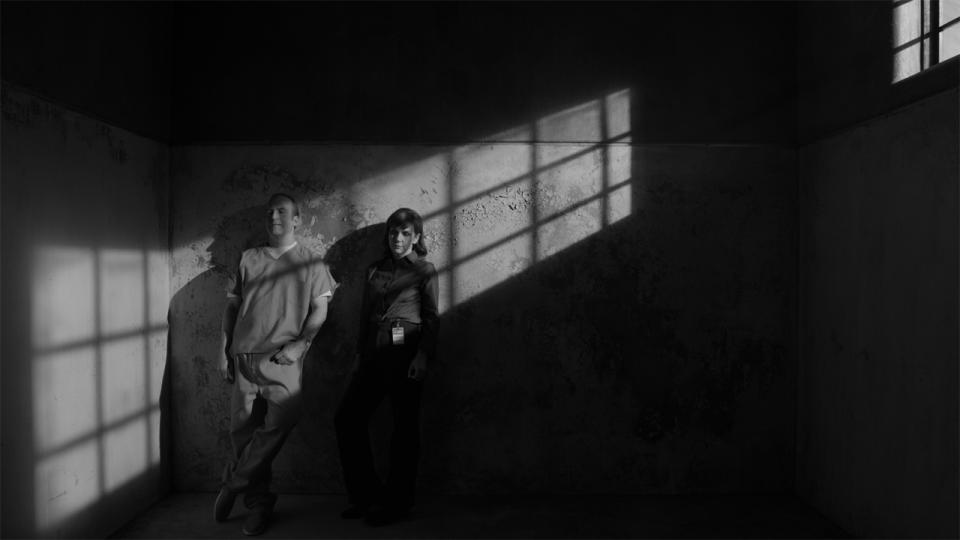
The Better Call Saul Finale Is A Terrific Ending For Both Breaking Bad And Better Call Saul
When you watch Better Call Saul, Breaking Bad and El Camino in chronological order, the amount of pressure that was put on “Saul Gone” is truly apparent. The Better Call Saul finale not only has the responsibility of bringing one show to an end, but (for now) an entire franchise – tying up any and all loose ends in the continuity. In this immense respect, it’s a phenomenal success. While I may still have a hunger for a Gus Fring origin series, it’s satisfying in every other important way.
There’s one last dose of the Saul Goodman razzle dazzle, the surprise appearance of Marie Schrader, proper punishment for Jimmy, closure with Kim, and, most spectacularly of all, a collection of powerful and meaningful flashbacks with key characters having discussions of regret in an episode that naturally inspires reflection on the past. The finale is a summation of everything that is brilliant about Vince Gilligan’s creations, and a special pop culture achievement.
If you now want to do your own chronological rewatch, Better Call Saul, Breaking Bad and El Camino: A Breaking Bad Movie are all available to stream with a Netflix subscription. Physical media collectors can also pick up the Breaking Bad complete series box set, the Better Call Saul complete series box set, and El Camino on Blu-ray.

